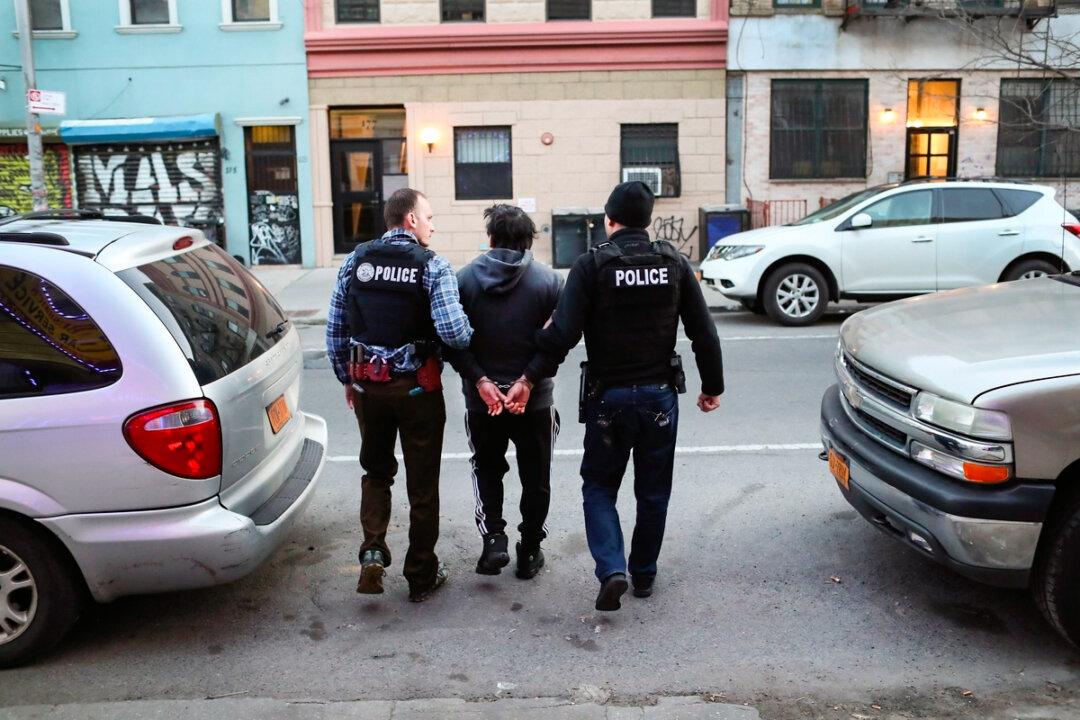Annual French inflation exceeded 5 percent in May as citizens continued to be battered by surging prices of food and energy, according to provisional data from the state’s statistical agency.
“Over one month, consumer prices should rise by 0.6 percent, after +0.4 percent in April. After the downturn the previous month, the prices of energy should rise linked with the rebound in petroleum product prices,” INSEE said.
“The increase in food prices should be less sustained than in April. The prices of services and manufactured goods should slow down.”
Food prices rose by 4.2 percent, energy by 28 percent, services by 3.2 percent, and manufactured products by 2.9 percent. The Harmonized Index of Consumer Prices (HICP) rose by 5.8 percent in May, the highest rate since the early 1990s.
While the CPI is used to measure inflation within France, the HICP is more often used outside France to compare inflation rates among countries that use the euro.
Energy inflation is expected to be at 39.2 percent; food, alcohol, and tobacco at 7.5 percent; nonenergy industrial goods at 7.2 percent; and services at 3.5 percent.
French inflation, at 5.8 percent, is one of the lowest in the European Union according to Eurostat data. Estonia has the highest inflation rate of 20.1 percent, followed by Lithuania with 18.5 percent, Latvia with 16.4 percent, Slovakia with 11.8 percent, Greece with 10.7 percent, and the Netherlands with 10.2 percent.
According to Bank of France Governor François Villeroy de Galhau, the recent spike in inflation makes ending exceptional monetary policy measures even more necessary.
The decision on normalizing interest rates will be taken at the upcoming European Central Bank’s governing council, Villeroy de Galhau said, adding that increasing rates will potentially benefit the net margins and profitability of French banks.
The French economy shrunk in the first quarter of 2022, contracting by 0.2 percent for the January–March period compared to the previous quarter.





